By Tsering Passang, founder of Global Alliance for Tibet & Persecuted Minorities (GATPM)
From time to time, Tibet was invaded by foreign powers.
After the Communist Party of China (CCP) came to power and with the establishment of the People’s Republic of China (PRC), Mao Tsetung declared the so-called “peaceful liberation” of Tibet from foreign imperialists, on 1st October 1949.
Soon, the People’s Liberation Army (PLA) marched into Tibet. For Tibetans, this was the beginning of modern China’s invasion of Tibet in the post Second World War era.
“Seventeen-Point Agreement”
On 23rd May 1951, the “Seventeen-Point Agreement” was signed between the representatives of the independent Tibetan Government in Lhasa and the Chinese Communist Government in Peking. Tibetans have always maintained that the agreement was signed by the Tibetan representatives “under duress”.
His Excellency Lukhangwa, the lay Tibetan Prime Minister, plainly told Chinese Representative Zhang Jingwu in 1952 that the Tibetan “people did not accept the agreement”. Nevertheless, His Holiness the 14th Dalai Lama of Tibet, who was a young teenager at the time, decided to work with the Chinese “in order to save my people and country from total destruction”, as he wrote in his memoir, ‘My Land and My People’.
For eight years, the Dalai Lama tried to abide by the terms of that document. The Tibetan Leader even relieved his Prime Minister Lukhangwa from his post, who had made no secret of his staunch opposition to the Chinese aggression.
Foreign trips & meetings with Chinese, Indian leaders
In 1954, the young Dalai Lama visited Peking. During his nearly 6 months’ stay the Dalai Lama had meetings with many Chinese leaders including Chairman Mao Tsetung and Premier Chou En-lai on a few occasions. Both of them gave assurances to him on Tibet’s good future.
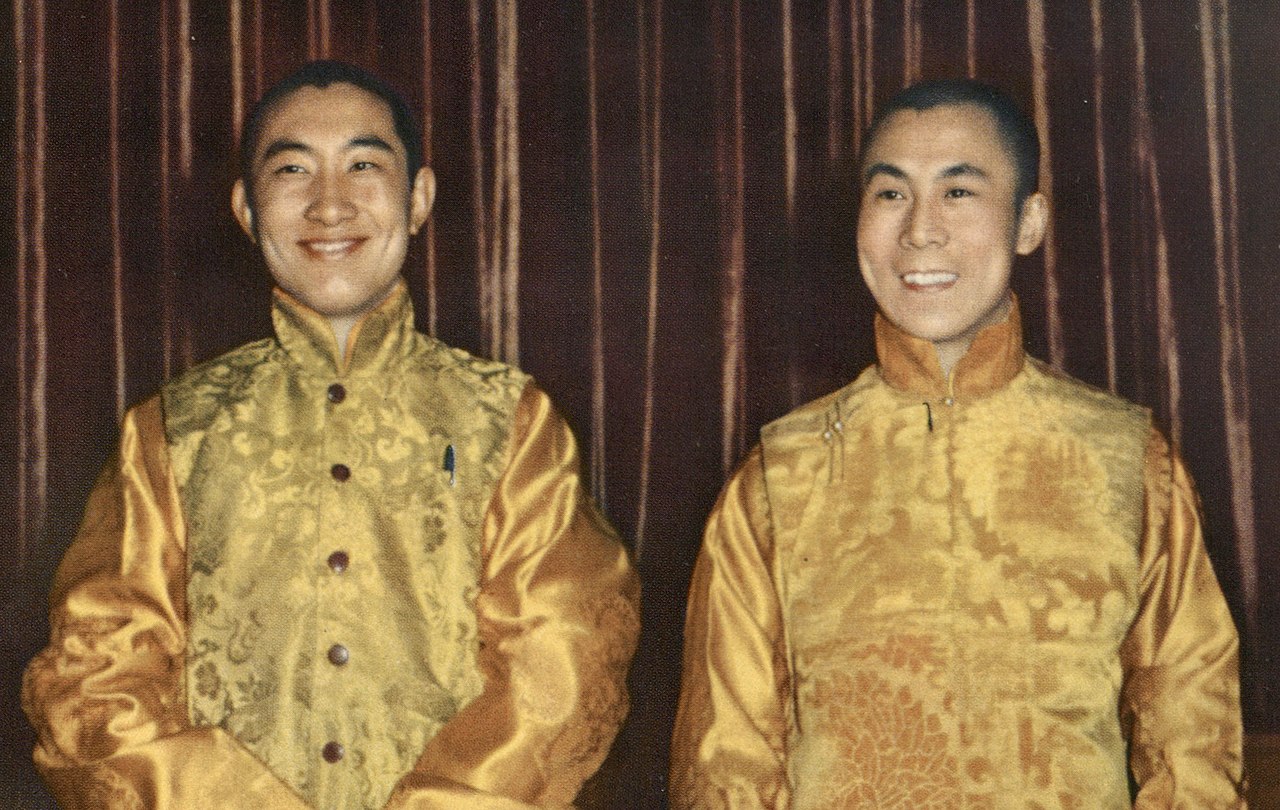
In 1956, at the invitation of the Mahabodhi Society of India, the Dalai Lama travelled to India to join the 2500th Birth Anniversary Celebrations of Lord Buddha. During his India trip, the Dalai Lama had meetings with the Indian Prime Minister Pandit Jawaharlal Nehru and discussed Tibet.
The Dalai Lama later expressed his intention to seek asylum in India but Nehru advised the Tibetan Leader to return and work within Tibet.
At the same time, the Chinese Premier Chou En-lai travelled to Delhi where he met both Nehru and the Dalai Lama and urged the young Tibetan leader to return to Tibet. Finally, the Dalai Lama returned to Lhasa.
Tension rising in Lhasa, Tibet’s capital
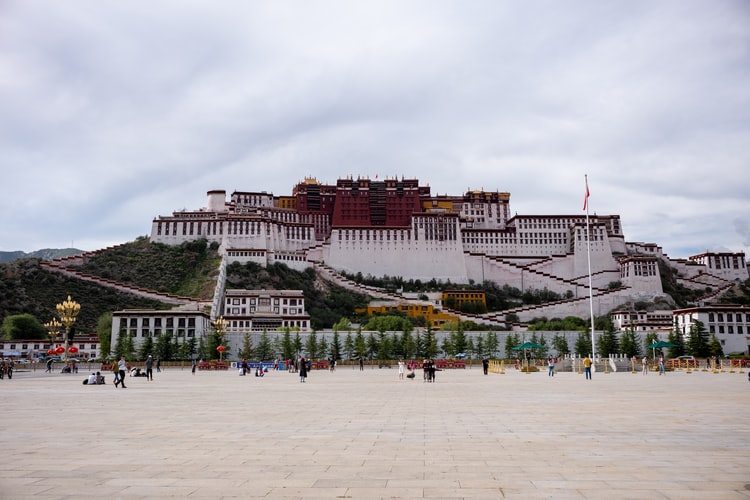
By early 1959, a large number of the PLA troops entered central Tibet – about 20,000 were stationed in Lhasa alone. The tension was now rising in the Tibetan capital. Tens of thousands of Tibetans from east Tibet were retreating towards Lhasa while fighting continued in the east.
In early March 1959, the PLA invited the Dalai Lama to attend a planned cultural show at its headquarters without any Tibetan bodyguards.
The date for the theatrical show was set for 10th March.
The general public in Lhasa became suspicious and over 30,000 Tibetans gathered at the Norbu Lingkha, the summer palace of the Dalai Lama, for his security and requested him not to attend the show.
The Dalai Lama, who was then 24, faced a difficult dilemma. In his autobiography, ‘My Land and My People’ the Dalai Lama wrote, “…as if I was standing between two volcanoes, each likely to erupt at any moment. On one side, there was the vehement, unequivocal, unanimous protest of my people against the Chinese regime; on the other hand, there was the armed might of a powerful and aggressive occupying force.”
With the huge crowd surrounding the Norbu Lingkha palace, it was almost impossible for the Dalai Lama to leave.
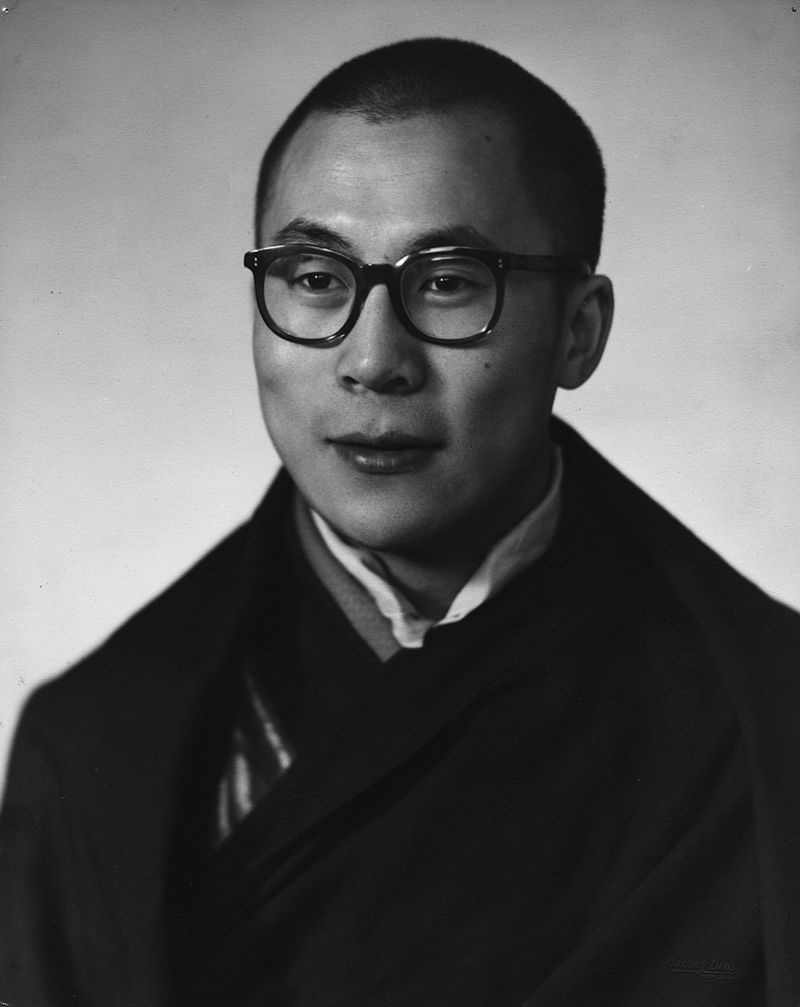
The PLA generals were enraged when three of the Dalai Lama’s ministers told them that he would not be attending. A couple of days later, the Chinese army fired two mortars at the summer palace.
With the situation at boiling point, on the night of 17th March, the Dalai Lama decided to leave Lhasa immediately. According to his autobiography, the Dalai Lama, disguised as an ordinary soldier, rode out of his palace on horseback “unchallenged [and moved] towards the dark road beyond”.
Tibet in Exile
After nearly two weeks of a treacherous journey, with protection provided by the volunteer Tibetan resistance forces, the Dalai Lama reached safety in India, on 31st March 1959.
Some 80,000 Tibetan refugees followed him into India, Nepal and Bhutan.
The young and charismatic Dalai Lama re-established the Tibetan Government-in-exile (officially known as the Central Tibetan Administration) currently based in Dharamsala, northern India.
A staunch believer in democracy, the Dalai Lama has introduced this western democratic system into Tibetan society, little by little since 1960.
In 2011, the Dalai Lama decided to fully relinquish his previously inherited political leadership, which had been sustained for nearly 400 years, by passing the historic seal to the directly elected Sikyong (otherwise known as the President) Dr. Lobsang Sangay (a legal scholar from Harvard University), of the Central Tibetan Administration.
Under his amazing leadership, the Dalai Lama established a network of Tibetan settlements, schools, hospitals, monasteries, nunneries as well as cultural institutions to provide vital education, healthcare, welfare needs and cultural preservation in India, Nepal, and Bhutan.
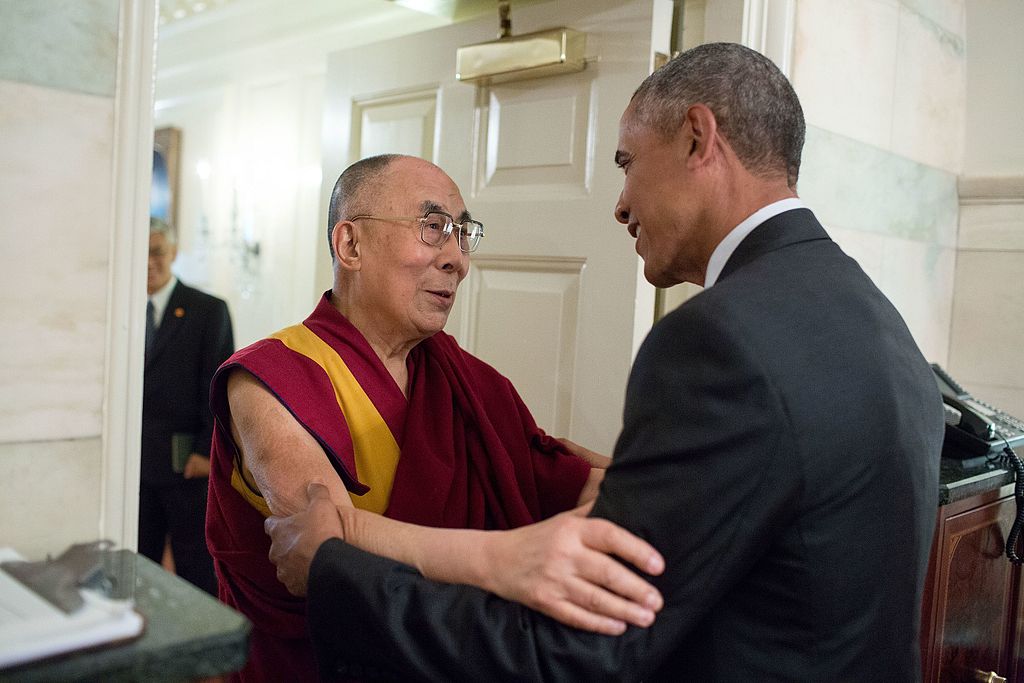
Internally, his visionary leadership in exile for the Tibetan society has kept its identity and culture alive. Externally, especially after receiving the Nobel Peace Prize in 1989, the Dalai Lama gained new celebrity status on the global stage which helped to promote the Tibetan issue.
His message of peace and non-violence for resolving conflicts, promotion of religious harmony and human values got greater recognition.
The present 14th Dalai Lama, who turns 86 in July, is not only a Tibetan spiritual leader but a highly respected moral leader on the world stage.
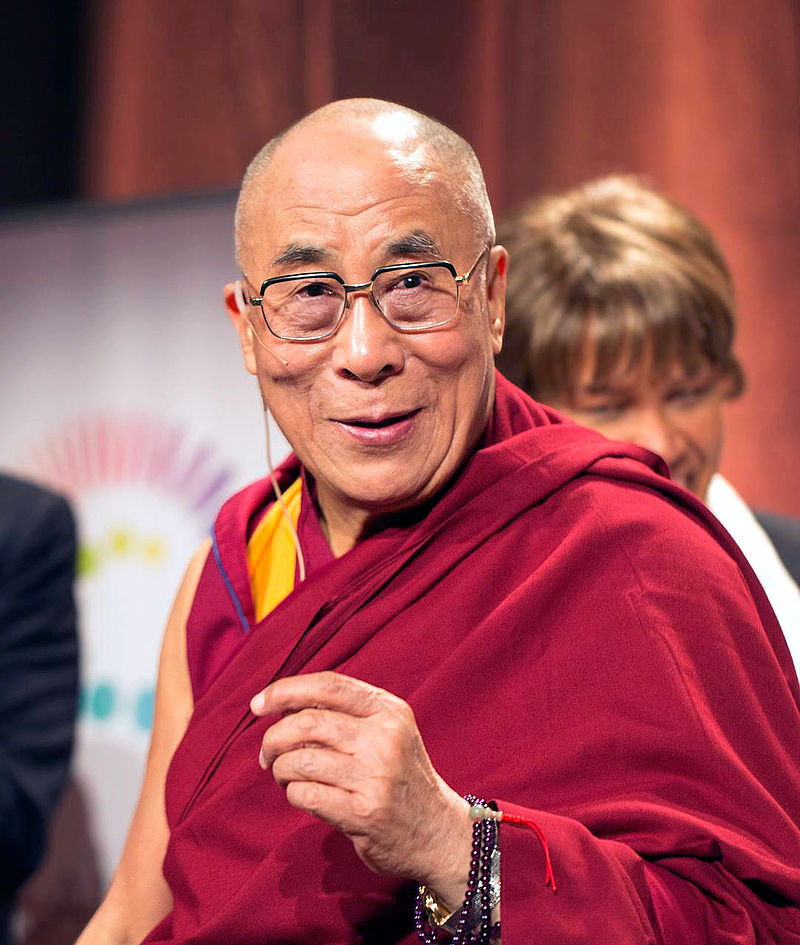
Since coming into exile, Tibetans in India and around the world observe this poignant 10th March anniversary every year to condemn China’s repression in Tibet whilst remembering those who died in their struggle for freedom.
In Dharamsala as well as in major Tibetan settlements across India, the official functions include recitation of Buddhist prayers and singing of political Tibetan songs.
Every year, the President of the Central Tibetan Administration (CTA) and the Speaker of the Tibetan Parliament in exile issue official political statements on this day.
These are available on the CTA website www.tibet.net. The TibetTV – www.TibetOnline.tv also live webcast the official proceeding on this day.
Non-governmental Tibetan organisations such as the Tibetan Youth Congress (TYC), which call for Rangzen (Independence of Tibet), often organise political demonstrations worldwide around this historic date.
This can include demonstrations outside the Chinese Embassy in Delhi or engaging in hunger strikes in front of the United Nations in New York to draw their attention to the Tibetan plight.
This year, a Tibetan Youth leader and writer, Tenzin Tsundue, launched his latest campaign “Repeal One-China Policy” with a month-long march #WalkAMileForTibet from Dharamsala to Delhi, covering 500 kilometres distance on foot.
He is due to reach Delhi on 10th March. Tsundue started his march on Losar – Tibetan New Year, 12th February.
The One-China Policy is a diktat laid down by the CCP which denies any area currently under Chinese control the right ever to differentiate itself from China.
Thus Tibet, Southern Mongolia, East Turkestan [Xinjiang], Manchuria and Hong Kong must — according to this diktat – accept that they are forever an integral part of China and can never break free of communist control. Taiwan – a democracy – is included in this diktat.
Despite the COVID-19 restrictions, in London, Tibetans and activists are engaging in political activism this year.
A group of Tibetans and their supporters are taking part in the #WalkAMileForTibet in support of the “Repeal One-China Policy” campaign on this day.
The 14-mile march starts from Woolwich, headquarters of the Royal Borough of Greenwich. With a stopover at the Indian High Commission, the group will march to the Chinese Embassy, passing through Whitehall, the heart of the British Government.
The Royal Borough of Greenwich is going to hoist the Tibetan National Flag on 10th March once again this year in a show of solidarity and support to Tibet and the Tibetan people.
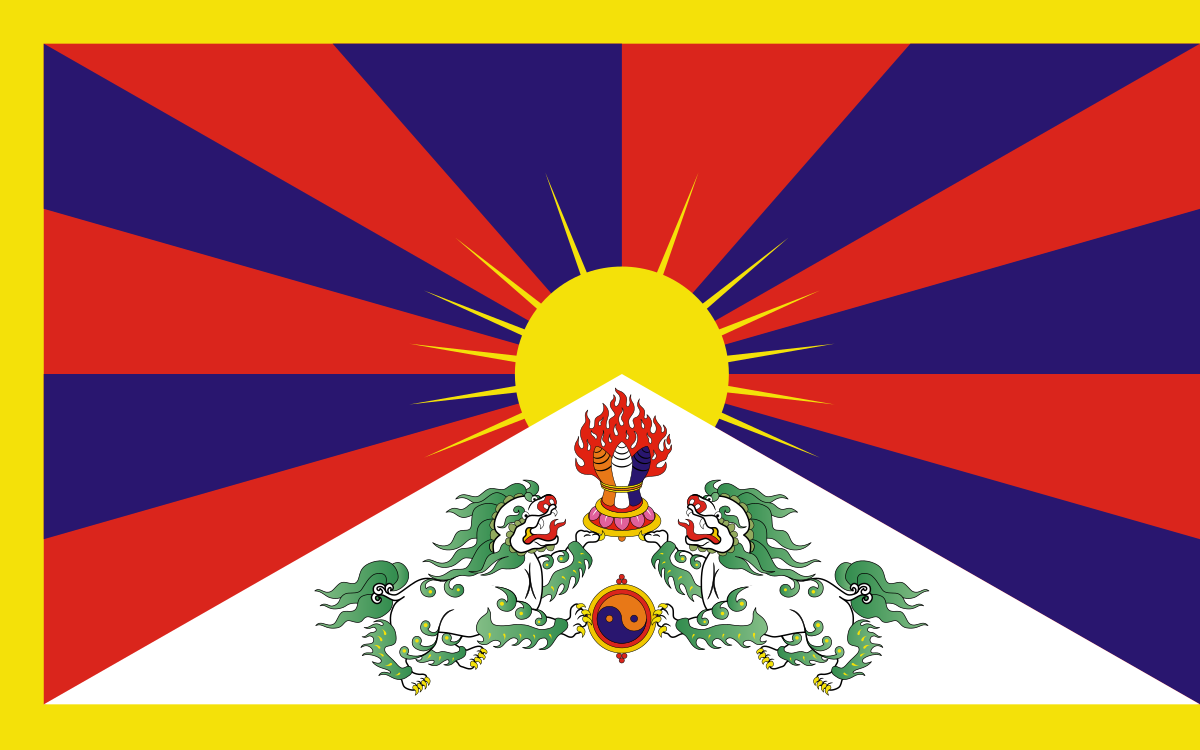
*Tsering Passang, a human rights advocate and political activist, is the founder of Global Alliance for Tibet & Persecuted Minorities (GATPM). He was the Director of London-based Tibet Foundation from 2019 to 2021. Elected as Chairman of the Tibetan Community in Britain, Tsering led the community organisation from 2014 to 2016.
Tsering’s blog: www.tsamtruk.com
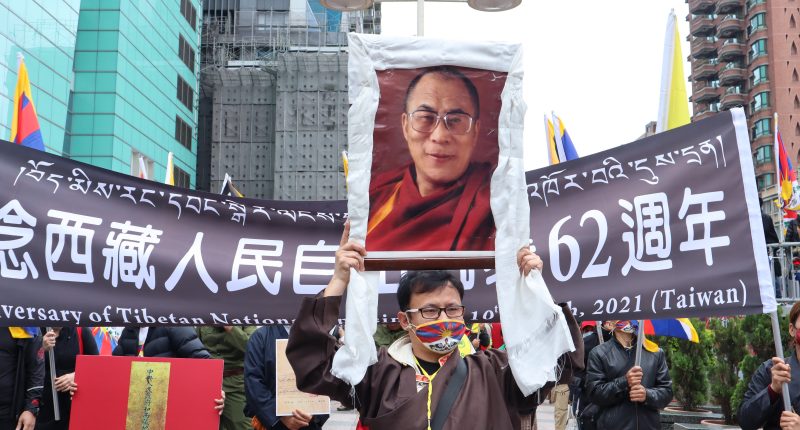

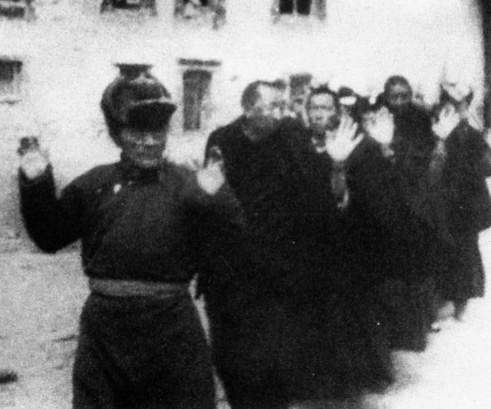
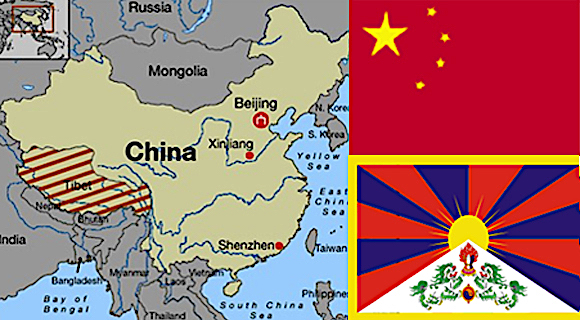
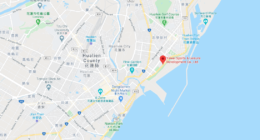

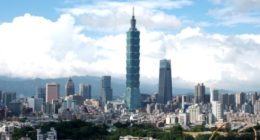

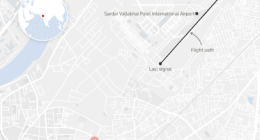
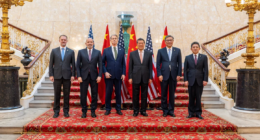


Comments are closed.